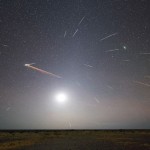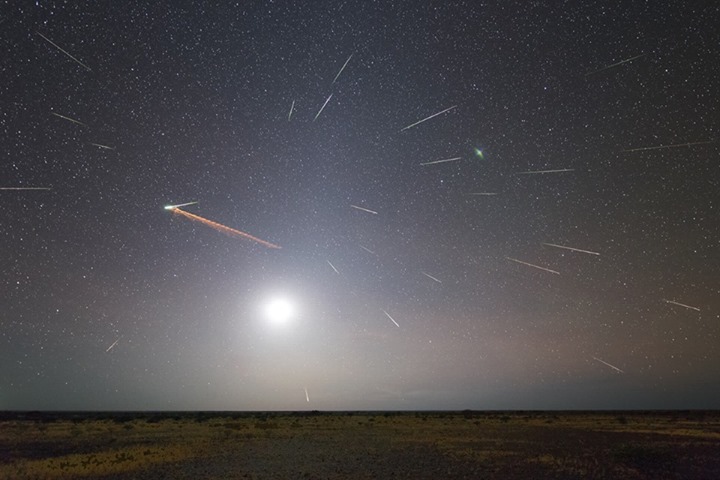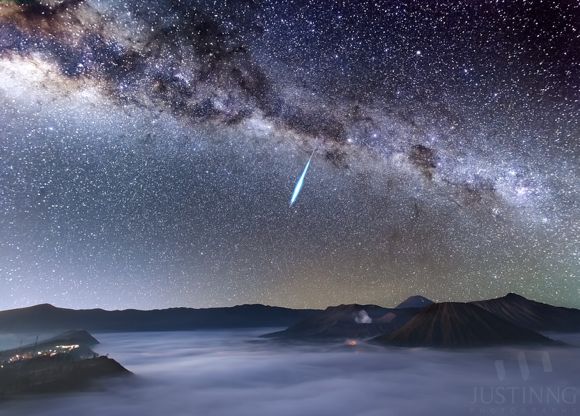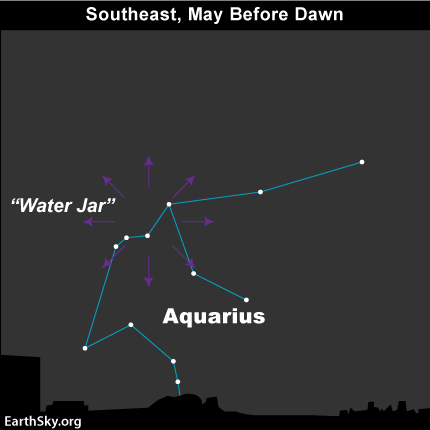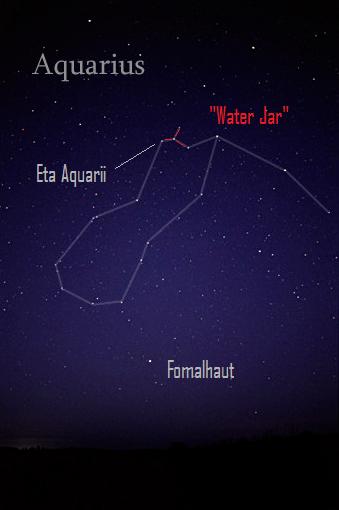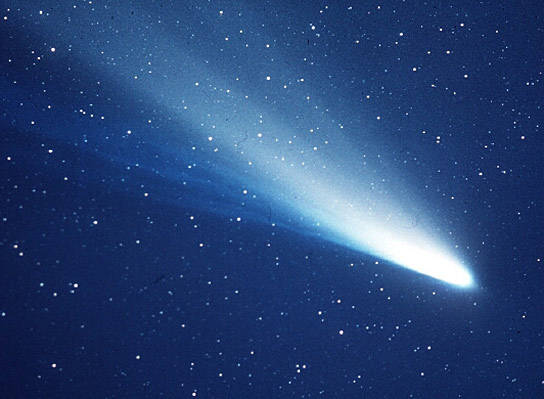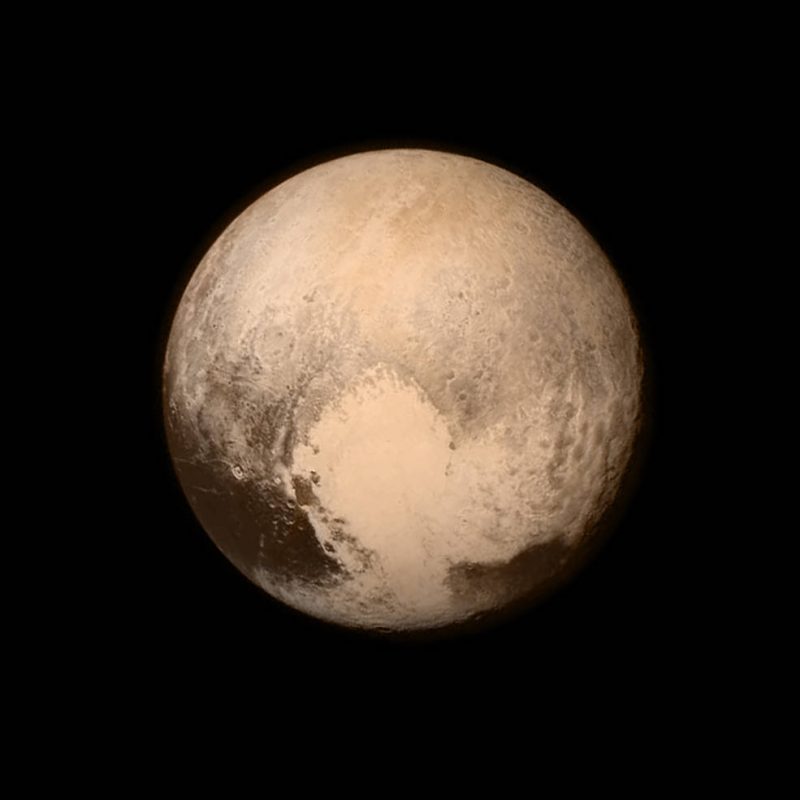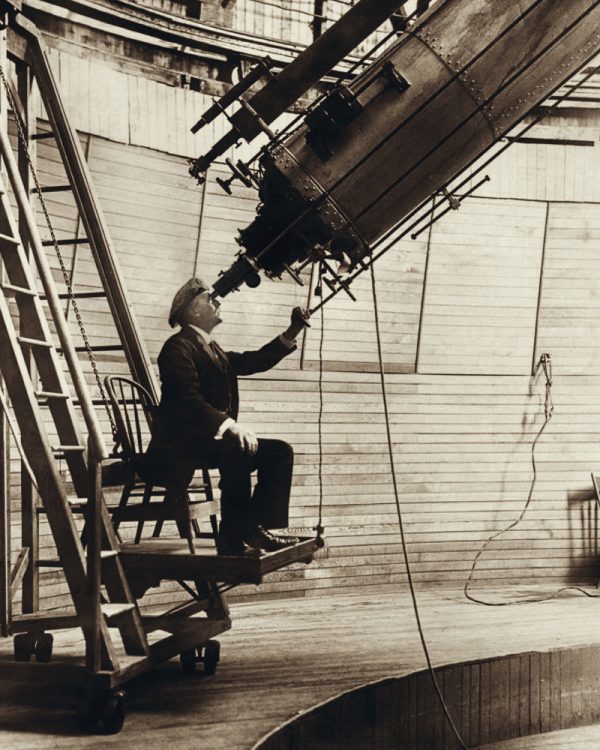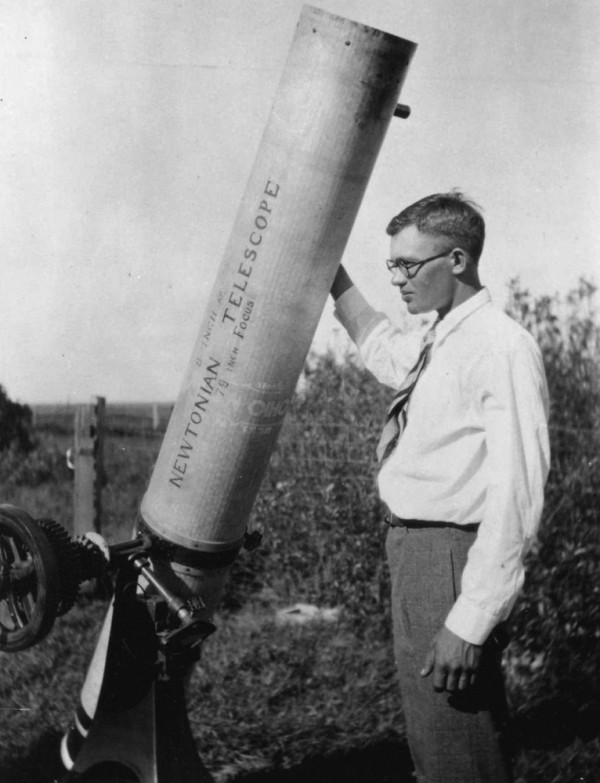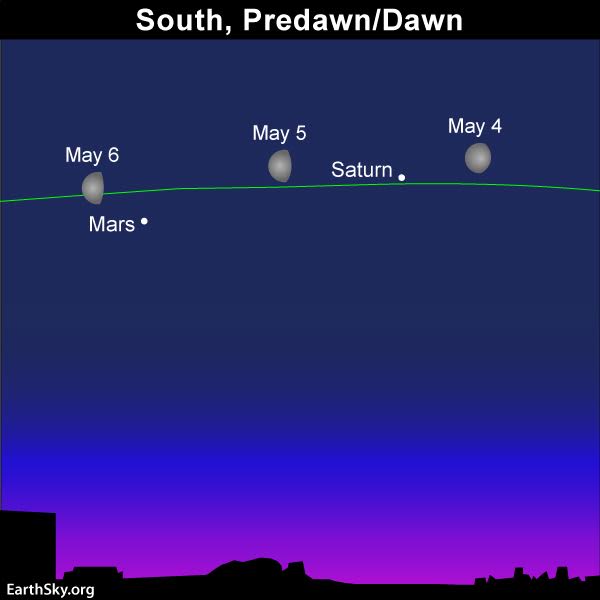
Our brains are home to a staggering 86 billion or so cells that are carefully woven into the structure that lets us think, feel and live.
This awe-inspiring complexity offers a glimpse into why, after many years of research, there’s still so much to be understood about the brain.
And for brain tumours, the unknowns pose a daunting challenge.
It’s only when scientists fully understand cancers – by studying how they develop, grow and change – that progress can be made. It’s this knowledge that guides the discovery of new treatments and ways to diagnose the disease, and shapes the clinical trials that bring these developments to patients.
But according to experts, we still know very little about the biology of brain tumours.
That notion is highlighted by the disease’s devastatingly low survival. Just 14% of people diagnosed with a brain tumour in the UK survive for 10 years or more. And the way they’re treated has remained unchanged for decades. Added to this, many brain tumours don’t respond well to mainstay treatments like chemotherapy and radiotherapy. Alongside surgery, they remain patients’ only approved options.
It’s time that changed.
Research is at the heart of progress, and it’s the greater understanding that research gives that will change the outlook for people with brain tumours.
That’s why, in 2014, Cancer Research UK made brain tumours one of our top research priorities. Since then, we’ve doubled the amount of money we spend on brain tumour research, and now we want researchers to tackle some of the greatest challenges that are holding back progress.
From biology to better treatments
Today, at our inaugural Brain Tumour Conference in London, we’re announcing six research themes that we believe will help scientists focus on the gaps in knowledge about brain tumours. And there’s £18 million up for grabs for the best research ideas focused on these themes.
The themes stem from a series of meetings where Cancer Research UK assembled the world’s leading brain tumour experts, with the goal of finding out what was needed to accelerate developments for these diseases.
From better understanding brain tumour genetics to designing new drugs, these six areas of research cover the journey from lab bench to patient bedside. They’ll unpick the molecular nuts and bolts of these diseases, in the hope of using this information to improve the way they are diagnosed and treated. And from today, researchers can submit their research ideas against these themes via our website.
- Unlocking new insights into brain tumours using neuroscience.
- Unpicking brain tumours’ biology to design more effective drugs.
- Exploiting the brain tumour environment to make better treatments.
- Developing more accurate ways to study brain tumours.
- Improving brain tumour diagnosis to make treatment more personal.
- Develop kinder treatments for brain tumours.
And it’s not only brain tumours that this research may benefit. It may well be that some of the discoveries have significance in other types of cancer, too, opening up even more opportunities to help patients.
In the coming weeks, we’ll delve into the details of each of these themes, setting the scene for the hurdles that scientists are up against.
Identifying a problem is the first step towards solving it. So, by bringing these to attention, we want to spark discovery, innovation, and ultimately change for the better.
Justine
from Cancer Research UK – Science blog https://ift.tt/2FxgXuv

Our brains are home to a staggering 86 billion or so cells that are carefully woven into the structure that lets us think, feel and live.
This awe-inspiring complexity offers a glimpse into why, after many years of research, there’s still so much to be understood about the brain.
And for brain tumours, the unknowns pose a daunting challenge.
It’s only when scientists fully understand cancers – by studying how they develop, grow and change – that progress can be made. It’s this knowledge that guides the discovery of new treatments and ways to diagnose the disease, and shapes the clinical trials that bring these developments to patients.
But according to experts, we still know very little about the biology of brain tumours.
That notion is highlighted by the disease’s devastatingly low survival. Just 14% of people diagnosed with a brain tumour in the UK survive for 10 years or more. And the way they’re treated has remained unchanged for decades. Added to this, many brain tumours don’t respond well to mainstay treatments like chemotherapy and radiotherapy. Alongside surgery, they remain patients’ only approved options.
It’s time that changed.
Research is at the heart of progress, and it’s the greater understanding that research gives that will change the outlook for people with brain tumours.
That’s why, in 2014, Cancer Research UK made brain tumours one of our top research priorities. Since then, we’ve doubled the amount of money we spend on brain tumour research, and now we want researchers to tackle some of the greatest challenges that are holding back progress.
From biology to better treatments
Today, at our inaugural Brain Tumour Conference in London, we’re announcing six research themes that we believe will help scientists focus on the gaps in knowledge about brain tumours. And there’s £18 million up for grabs for the best research ideas focused on these themes.
The themes stem from a series of meetings where Cancer Research UK assembled the world’s leading brain tumour experts, with the goal of finding out what was needed to accelerate developments for these diseases.
From better understanding brain tumour genetics to designing new drugs, these six areas of research cover the journey from lab bench to patient bedside. They’ll unpick the molecular nuts and bolts of these diseases, in the hope of using this information to improve the way they are diagnosed and treated. And from today, researchers can submit their research ideas against these themes via our website.
- Unlocking new insights into brain tumours using neuroscience.
- Unpicking brain tumours’ biology to design more effective drugs.
- Exploiting the brain tumour environment to make better treatments.
- Developing more accurate ways to study brain tumours.
- Improving brain tumour diagnosis to make treatment more personal.
- Develop kinder treatments for brain tumours.
And it’s not only brain tumours that this research may benefit. It may well be that some of the discoveries have significance in other types of cancer, too, opening up even more opportunities to help patients.
In the coming weeks, we’ll delve into the details of each of these themes, setting the scene for the hurdles that scientists are up against.
Identifying a problem is the first step towards solving it. So, by bringing these to attention, we want to spark discovery, innovation, and ultimately change for the better.
Justine
from Cancer Research UK – Science blog https://ift.tt/2FxgXuv


